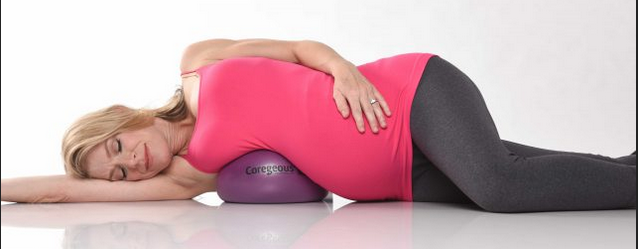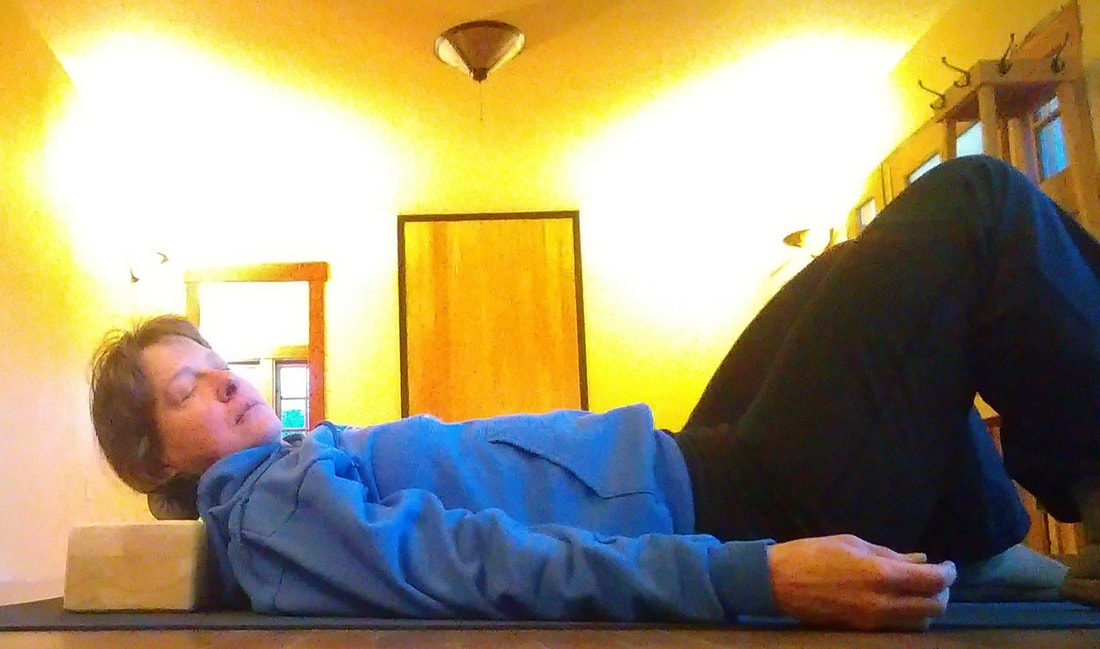|
Hi Friends, Well, as we move into routine and rhythm of classes and practices, I want to reemphasize my request for your attendance at class: Please arrive 10-15 minutes early to set up, say hi and roll out. Just as I am emphasizing the need that you practice outside of class, I am stressing the importance of you using the foam roller, soft ball or hard ball before class begins. One of you wonderful hearts was courageous enough to ask me why and share that you didn’t know what to do to roll out. It’s true it has been many years since I have laid out the whys and whats behind the need to do it. So, inspired by this wonderful question, I am giving you all two long excerpts from two masters of the human body, Gil Hedley and Tom Myers. I will follow up with links to Jill Miller, aka The Roll Model and her YouTube channel for you to search around for what you can do for your corporeal being which feeds your emotional being. May you enjoy treating yourself with such attentive love. “Here’s the thing about the Fuzz: You can see it now. As the old Bedouin proverb has it: “Water still: poison! Water moving: life!”  Jill Miller, The Roll Model, Tune Up Fitness Roll Before You Work out? The Science Says Yes! Vagus Voyage with Jill Miller - A myofascial self-massage for downregulation Abdominal Self-Massage on an Inflatable Coregeous® Sponge Ball |
Archives
December 2022
|



 RSS Feed
RSS Feed